
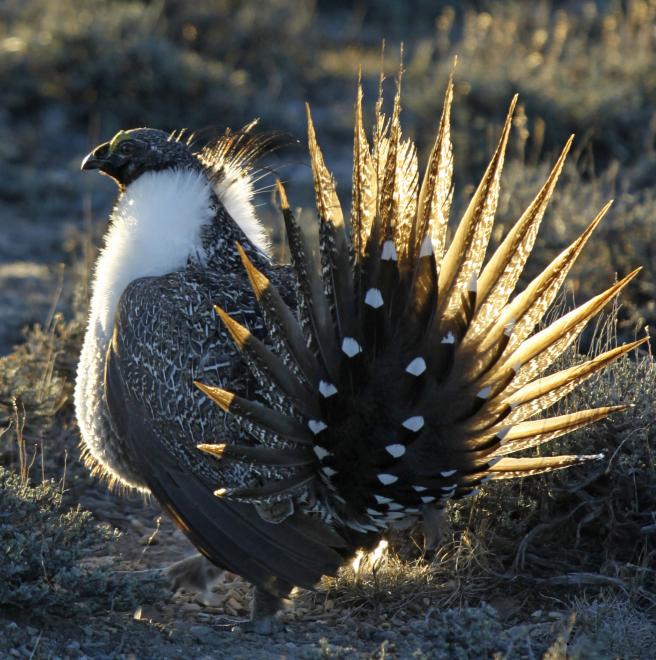
An icon of the energy-rich sagebrush deserts in the Intermountain West, this species is poised to lose 71% of breeding range by 2080 and 92% in the non-breeding season, according to Audubon’s climate model. As a bird that relies on specific breeding arenas, how the climatic disruption will affect this bird, already threatened by energy extraction and other uses of public land, is unknown.
The male Greater Sage-Grouse, with his fluffy, white ruff and big, fanning tail, has one of the most remarkable displays in the northwestern United States. For his spectacular mating display, he struts around, puffing out a pair of yellow air sacs on his breast and using them to make a series of throaty, popping sounds to attract females and intimidate other males. During the rest of the year, the sage-grouse is highly social, sometimes forming flocks of hundreds of birds. It forages on leaves, flowers, stems, fruit, and insects; a key component of its diet is sagebrush—hence its name. Sagebrush habitat could be in trouble, though; millions of hectares have been cleared for crop-growing, and other areas are threatened by urbanization, livestock grazing, and invasive, non-native grasses.
Explore more birds threatened by climate change around the country.
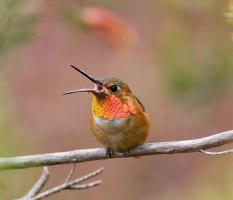
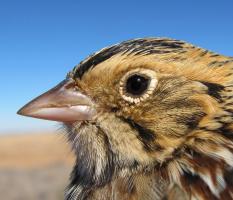
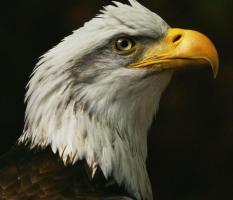
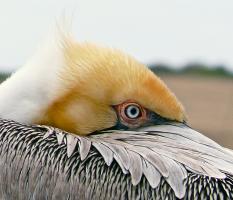

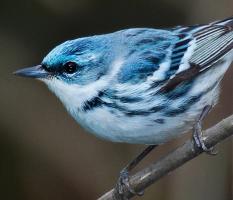
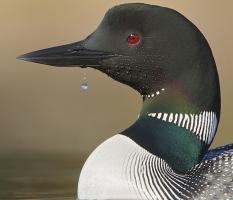
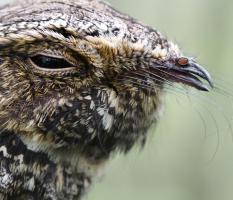





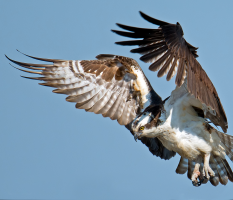
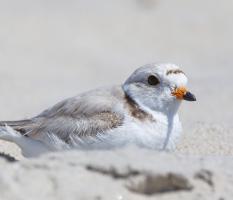

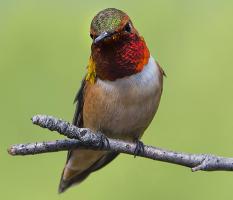

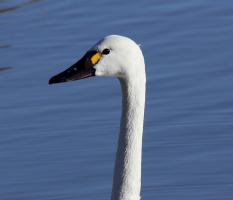
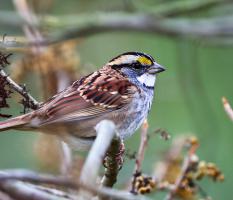

It's easier than you think to make a difference. Become an Audubon member today to help birds facing climate change.